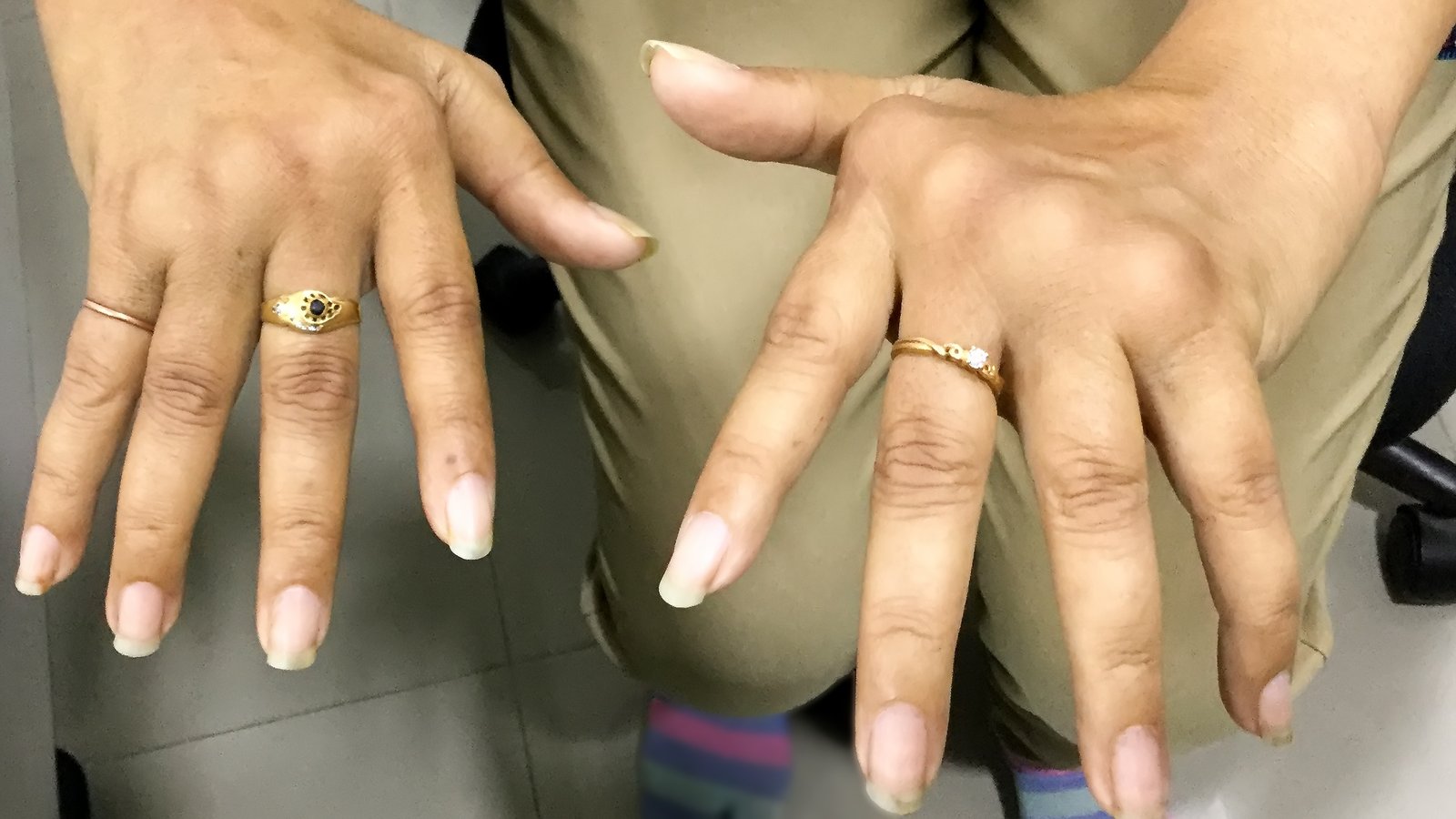
Dr. Smita Gautam
Consulting Homoeopath and Yoga Therapist
When a person develops rheumatoid arthritis, her or his world changes, and that world becomes a difficult and frightening place. Rheumatoid arthritis is a chronic disorder that can adversely affect function, quality of life, and longevity. It is a leading cause of disability worldwide. Despite extensive research, we have not identified a cause, and so we do not have a cure. Though with variety of medicines and interventions we help manage the symptoms and help control the disease process.
What is Rheumatoid Arthritis?
To most people, arthritis means pain and stiffness in the joints. Rheumatoid arthritis is a form of inflammatory arthritis. With Rheumatoid arthritis, inflammation plays a major role in causing joint problems. Mainly, this inflammation can bring about warmth and swelling in the joints in addition to significant stiffness and pain.
It is believed that the inflammation of rheumatoid arthritis host other problems, too. People with rheumatoid arthritis often experience fatigue, low-grade fever, decreased appetite, depression, and muscle aches, along with pain and swelling in their joints. In fact, many people with Rheumatoid arthritis say that they just don’t feel overall wellbeing. This overall feeling of illness is common with rheumatoid arthritis because the condition is systemic, meaning that it affects more than one part of the body. Rheumatoid arthritis is also referred to as a chronic illness because it may last for months or years.
Mostly functional joints, known as synovial joints commonly involved in rheumatoid arthritis are finger joints, wrists, elbows, shoulders, some joints in the neck, jaw, hips, knees, ankles, and foot and toe joints. Rheumatoid arthritis most often affects the body symmetrically, meaning that arthritis on one side of the body matches that on the other.
One condition that is often confused with rheumatoid arthritis by patients is osteoarthritis, also called degenerative joint disease (DJD). Osteoarthritis is quite different from rheumatoid arthritis and is much more common than rheumatoid arthritis.
There are lots of researches and studies conducted but little progress has been made to understand the cause of rheumatoid arthritis, the focus of current treatment in rheumatoid arthritis is on reducing the disabling consequences of disease and controlling the symptoms.
Inflammation is actually part of the body’s immune system response to the injury or infection, whenever we cut or burn ourselves, for example, inflammation occurs, though amount of inflammation involved is usually proportional to the severity of the injury or infection. However, in rheumatoid arthritis, the body launches a continuous immune response. When no known antigen is present, the body appears to fight against itself. Therefore, rheumatoid arthritis is often called an autoimmune disease meaning immune cells mistakenly react against the body, causing inflammation.
How Yoga Ease Rheumatoid Arthritis Pain?
Now people have become much more yoga conscious, and trends in therapeutic yoga practice for people with rheumatoid arthritis reflect this. Worldwide, physicians and others are adding up yoga as a complementary therapy with their treatment and advocating for yoga. Yoga can improve energy and strength, increase joint stability, help prevent joint deformities, decrease pain, and allow you to function better. Yoga affects more than just the symptoms of arthritis; it helps build stronger bones, promotes self-esteem, improves the quality of sleep, and decreases muscle tension and anxiety. A therapeutic yoga program faithfully adhered to will also benefit lungs, heart, and circulation. A person with rheumatoid arthritis can experience following advantages:
Range of Motion and Flexibility
Range of motion refers to the full range of movements that a particular joint can make. Yoga asanas involve moving body joints as far as it can comfortably be moved in all directions. The goal of yoga poses is to decrease stiffness and pain, maintain flexibility, and improve the function of the joints. As we are aware, inflammation and decreased use can impair function in the joints, and these postures are designed to prevent that loss. And in yoga, no weights are used.
Muscle strengthening
Yoga postures increase your muscle strength and muscle tone, allowing functioning with less muscle fatigue and more joint stability. Thus, muscles that are strengthened through asans practice actually help protect the joints. Strengthening exercises are equally important because muscles that are not used become smaller (become atrophied), and this causes them to become weaker. Also, tendons and ligaments can stretch and loosen in response to swelling in and around the joints, decreasing joint stability; strengthening exercises can help the joints compensate for these changes caused by RA. Isometric yoga poses involve simply tightening, or contracting, muscles (called muscle setting), an activity that helps maintain muscle strength.
Improving Immunity
In RA immune system is already fighting against the body, unhealthy lifestyle, weak muscles, anxiety and stress add fuel to the fire. Medicines do help the body recover from the disease but they don’t help improve the body’s immunity. Yoga, perhaps, is one of the most effective and time-tested natural immunity boosters that can be adopted for a healthier life.
Stress Management
Breathing and meditation are the simplest techniques that connect the body and mind. Deep breathing techniques have been shown to slow the heart rate, promote relaxation, improve emotional well-being, and enhance vitality. Focused breathing brings celerity into the moment.
*****